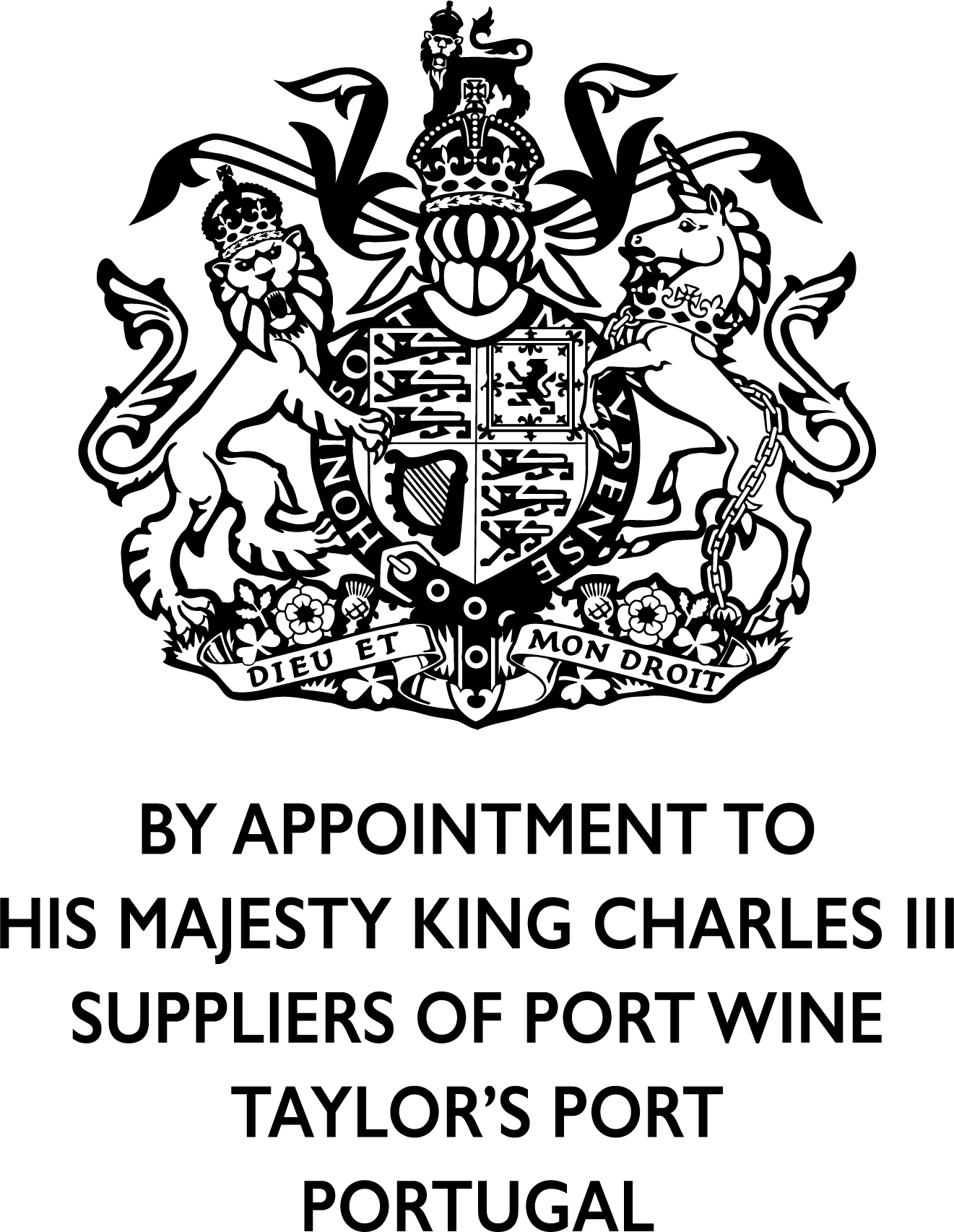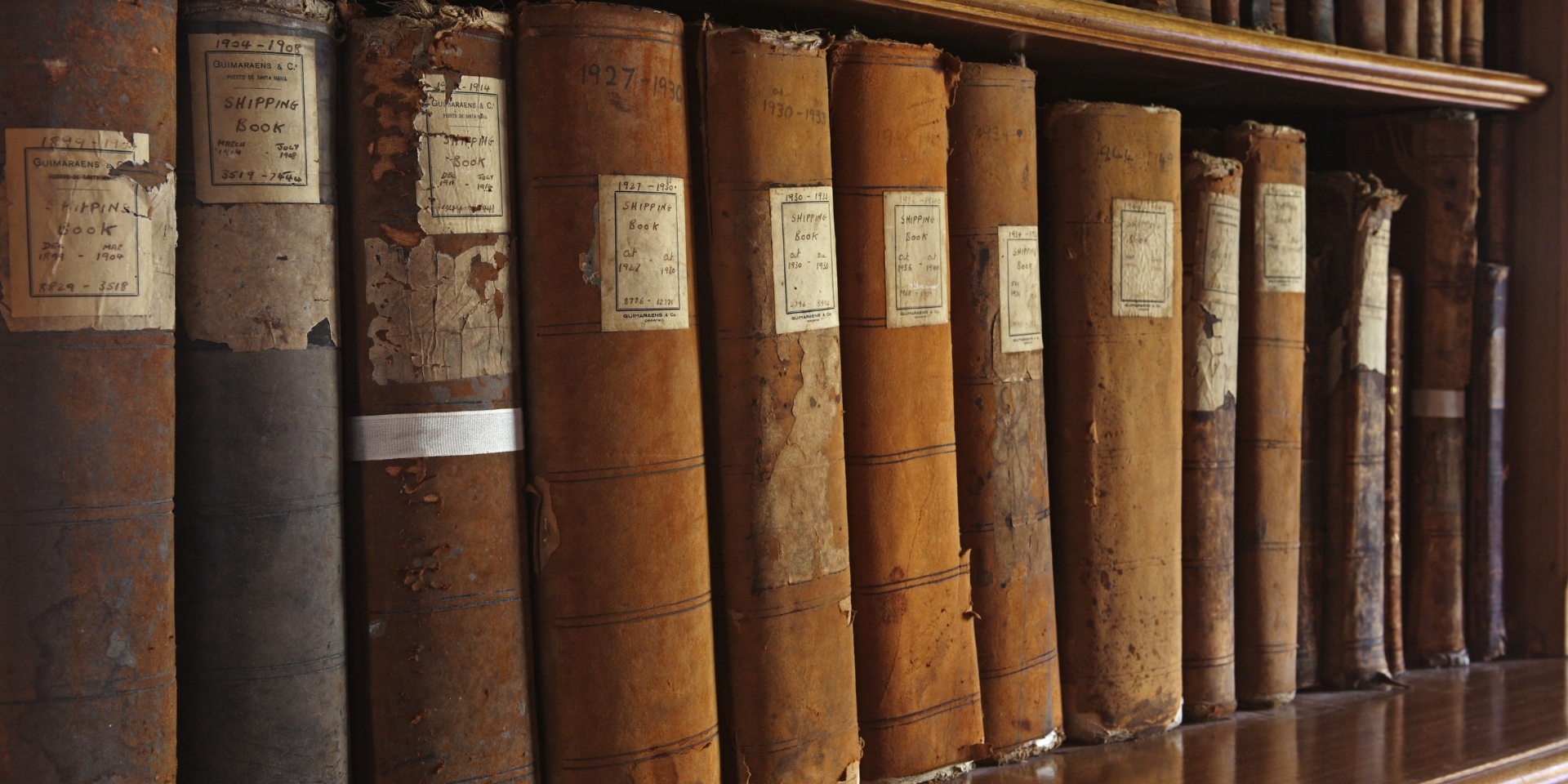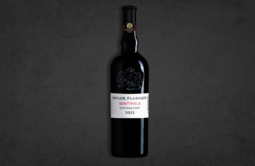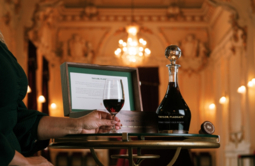Lagar
In the traditional production of Port, the grapes are trodden and the juice fermented in wide granite tanks called lagares. See also 'Treading'.
Legs
When a wine is swirled around, it may run down the inner surface of the glass in clearly visible streaks. These are traditionally known as 'legs'. Good well defined 'legs' are sometimes believed to be the sign of a good wine. In reality they are of very limited use as an indicator of quality. The formation of these streaks is due to the effect on surface tension of the evaporation of alcohol. In Port these streaks are often quite pronounced due to the wine's relatively high alcohol content and to the fact that its sweetness makes it denser than other wines. However these characteristics do not, in themselves, denote quality. There are other factors which are much more important, such as structure, body, acid balance, flavour and aroma and these can not be determined from a wine's 'legs'. The formation of 'legs' can also be affected by a factor which is completely unrelated to the wine, namely how clean the glass is. In short, a lot more can be learned from a wine's 'nose' than from its 'legs'.
Liberdade
See 'Treading'.
Lodge
In Port language, a lodge is a warehouse where wine is stored or aged. So when a Port producer is said to be 'in the lodge', this means that he is in the warehouse, not in a cabin in the forest or keeping an eye on the front gate. The original Port wine lodges are located in Vila Nova de Gaia, on the south bank of the River Douro opposite the old city centre of Oporto. This is because the wines aged much better in the temperate and humid climate of the coast than in the arid summer heat of the Douro Valley. In the Spring following each harvest the new wines are brought down from the wineries in the vineyard area (in former times carried down the river in special boats called barcos rabelos) to the lodges where they are then matured, blended and bottled for shipment. The lodges are long cool dark buildings with thick granite walls and high ceilings designed to keep out the heat and maintain an even temperature and humidity level throughout the year, allowing the wine gradually to acquire the complex, subtle aromas of maturity. Some of these historic lodges are over three hundred years old. Many lodges, such as those of Taylor's, are open for tours and visits. Today, not all wine is brought down to Vila Nova de Gaia immediately after the harvest. Wine can now also be stored in lodges built in the Douro Valley where modern insulation and air moisturising techniques can replicate the cool, humid conditions of the lodges in Vila Nova de Gaia.
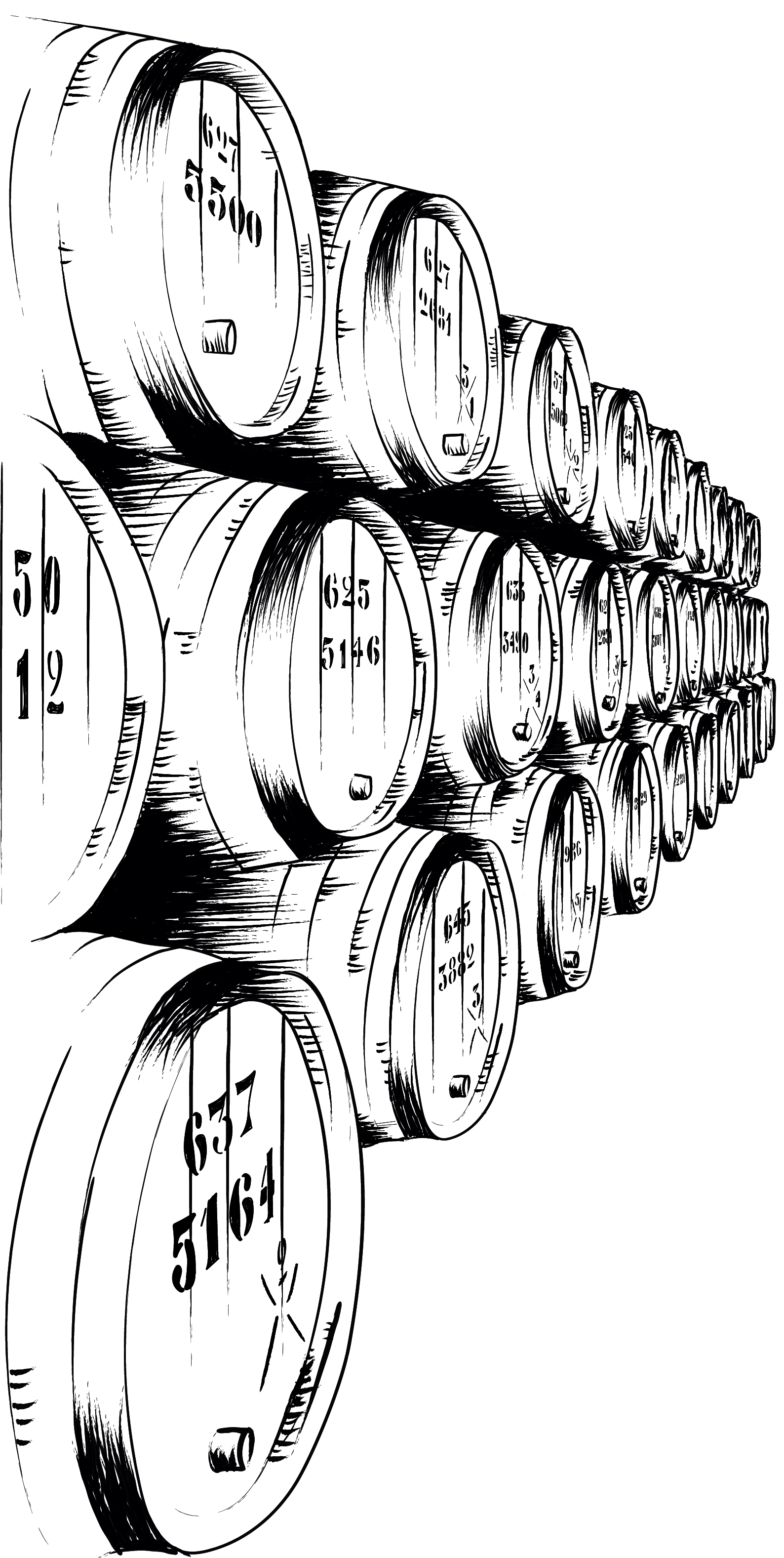
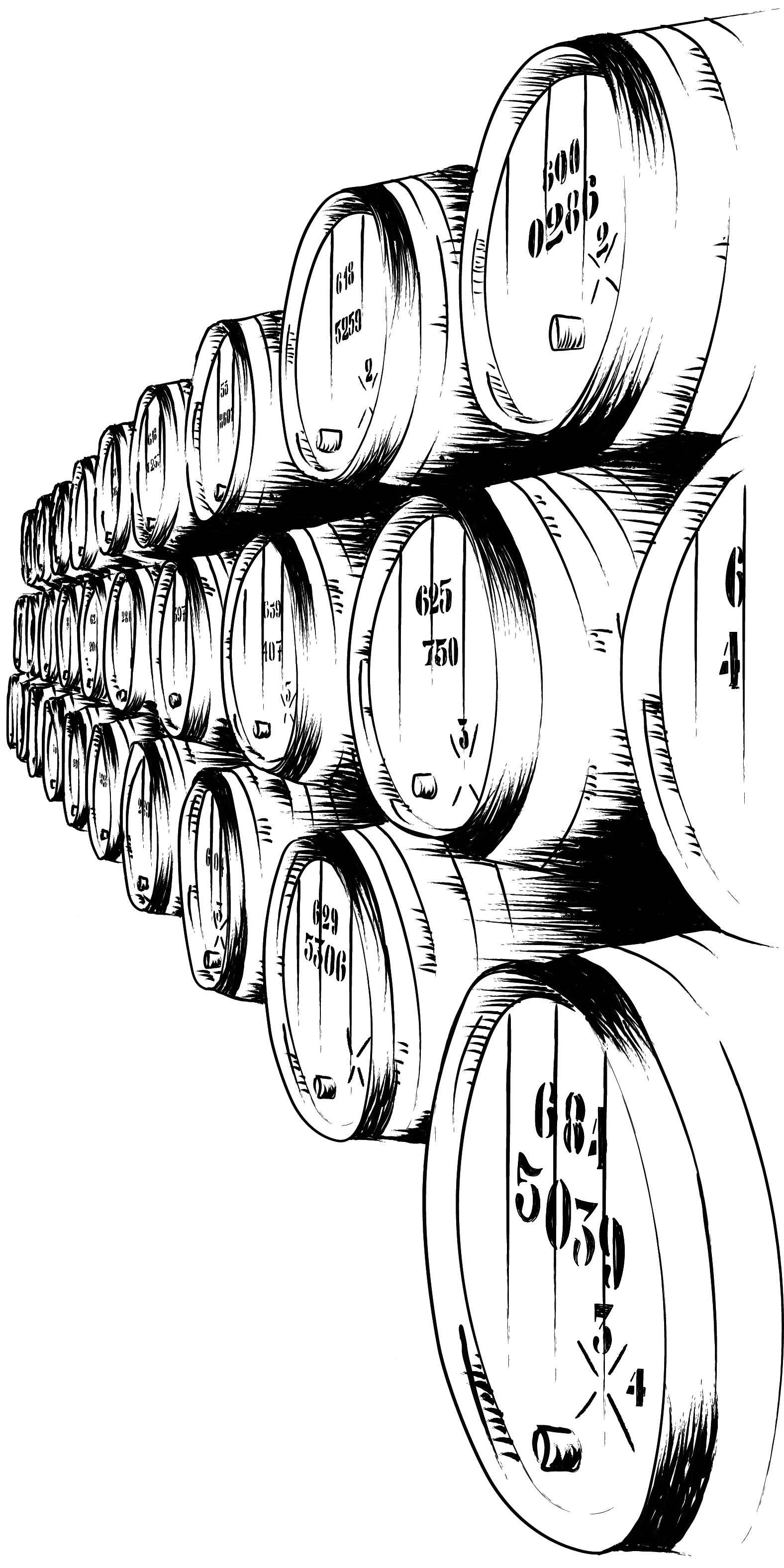
discover more
